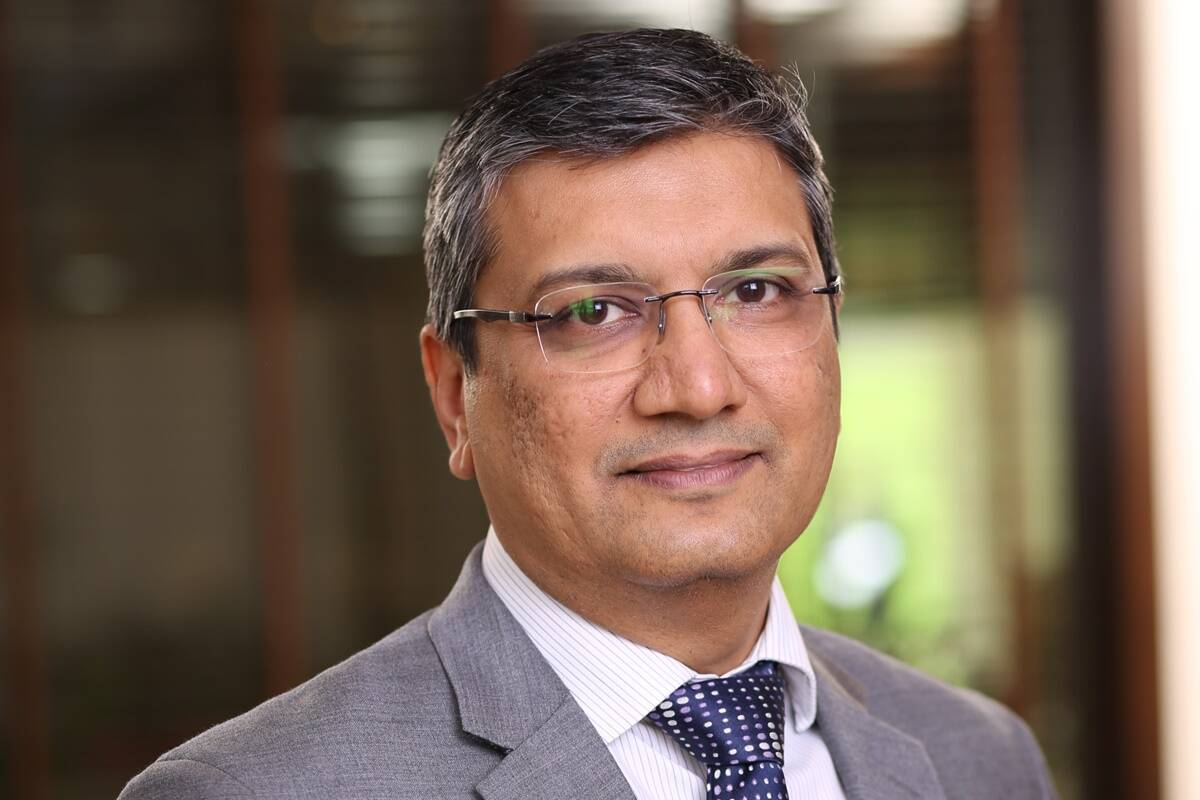 Mihir Vora, director and chief investment officer of Max Life Insurance
Mihir Vora, director and chief investment officer of Max Life Insurance By Urvashi Valecha
Mihir Vora, director and chief investment officer of Max Life Insurance in an interview with FE’s Urvashi Valecha talks about the expectations from the upcoming Budget and also discusses why he expects smaller companies to outperform. Excerpts:
The rally in the Indian stock markets has become more broad-based. Is this sustainable? Your view.
After a run of over 10 months in large-caps, a catch-up by the mid and small-caps is only to be expected. The smaller companies had underperformed since January 2018. While the last 10-month returns look good, the one-year performance is barely in line with the large-caps, while the three-year performance is considerably behind. Even the 10-year returns are only just about in line compared to large-caps.
Thus, if the growth revival trend continues, we expect smaller companies to outperform. Availability of credit, lower interest costs and improved working-capital cycles will help them. Many of the consumer and exporting companies are in the mid and small segments which will likely benefit from the ‘opening-up’ and global growth themes.
Most experts believe that the markets are quoting expensive valuations. What is your take on it? What is your view on the returns that the markets have given in the last 10 years and what kind of returns can we expect in the next five years?
The economic activities are bouncing back better than what has feared a few months ago, led by a strong rural demand base. Globally, led by massive fiscal and monetary measures, developed economies are bouncing back fast. As liquidity flows out, emerging markets are seeing an acceleration in equity and debt flows from global investors. Most asset allocators anticipate emerging market currencies and equities to fare well in 2021. So, for the markets, we start with the global and local tailwinds and positive sentiment. However, valuations are stretched and are at historically high levels with a forward price to earnings ratios at more than 30 times.
For India, the past 10 years returns are about 11% annual. However, earnings growth has hardly been 3% annual. Most of the returns have been due to valuation increases, this is not sustainable, and earnings need to catch up. We expect single-digit returns from the large-cap indices over the next five years. However, the polarisation of returns means that there is more value in the smaller company space and there the returns can be much higher.
While Q3 earnings are expected to be robust, when will they likely reach pre-Covid levels?
We did see good earnings in the September quarter. However, these were not due to sales growth but were based on significant margin improvements. Cuts were seen in spending on overheads, travel, advertising and even employee costs were moderate. The December quarter will see better top-line growth. In fact, given the good September and December numbers, we already may see profits at pre-Covid-19 levels in this quarter itself.
With passive investing picking up in India, is it going to be a challenge for you to generate returns?
We are reaching some kind of an inflexion point after five to seven years of polarised returns when the market indices were driven by a few stocks. This has opened up big gaps in valuations not only between the large-caps and small-caps but also between the top and bottom quintiles of large caps. With these kinds of difference in valuations, it actually may be easier to pick stocks if one has a three-year timeframe in mind.
What are your expectations from the Union budget 2021?
Not much needs to be done on the direct and indirect taxes as rates are already reasonable. The scope for reduction is little when there is a general slowdown. Support for domestic manufacturing will be a focus. While the reduced tax rate was the first step, there may be increases in import duties in several items. More sectors and higher outlay for production-linked incentive schemes are also likely. Even in defence, there will be more focus on domestic manufacturing. There will also be much more reliance on non-tax revenues.
The focus is likely to be on infrastructure, Aatmanirbhar Bharat, banking sector and Covid-19-linked spending on the social sector like health, housing and education.
We also wish for more incentives towards the real estate sector and homeownership. There need to be clear funds earmarked for PSU bank capitalisation. Another area where we hope more aggressive reforms to be pushed is in the power sector, especially in power distribution. Given the global Covid-19 linked situation, there is some scope to raise the fiscal deficit for a year without frightening the financial markets and rating agencies. Lastly, a moderation in revenue expenditure and acceleration in capital expenditure would be worthwhile to consider.
What sectors are attractive to you at the moment? What is the ideal portfolio that investors should have at present?
The overall themes that we believe currently are global recovery will be faster than Indian recovery due to better financial support and more domestic manufacturing via production-linked incentive schemes, rural consumption being relatively stronger. So, we are positive on exporters like auto-ancillaries, chemicals, pharmaceuticals and the big one – IT which has surprised positively for three quarters. We also believe that private sector banks will grow faster and hence will look to be overweight once we have a better handle on true stress in the books. For the portfolio, long-term asset allocations should not be changed. However, it may make more sense to have larger diversification across asset classes in these times. The equities (direct or through funds or U-lips) should continue but some exposure to commodities, gold and international equities may be considered.
This article is auto-generated by Algorithm Source: www.financialexpress.com


